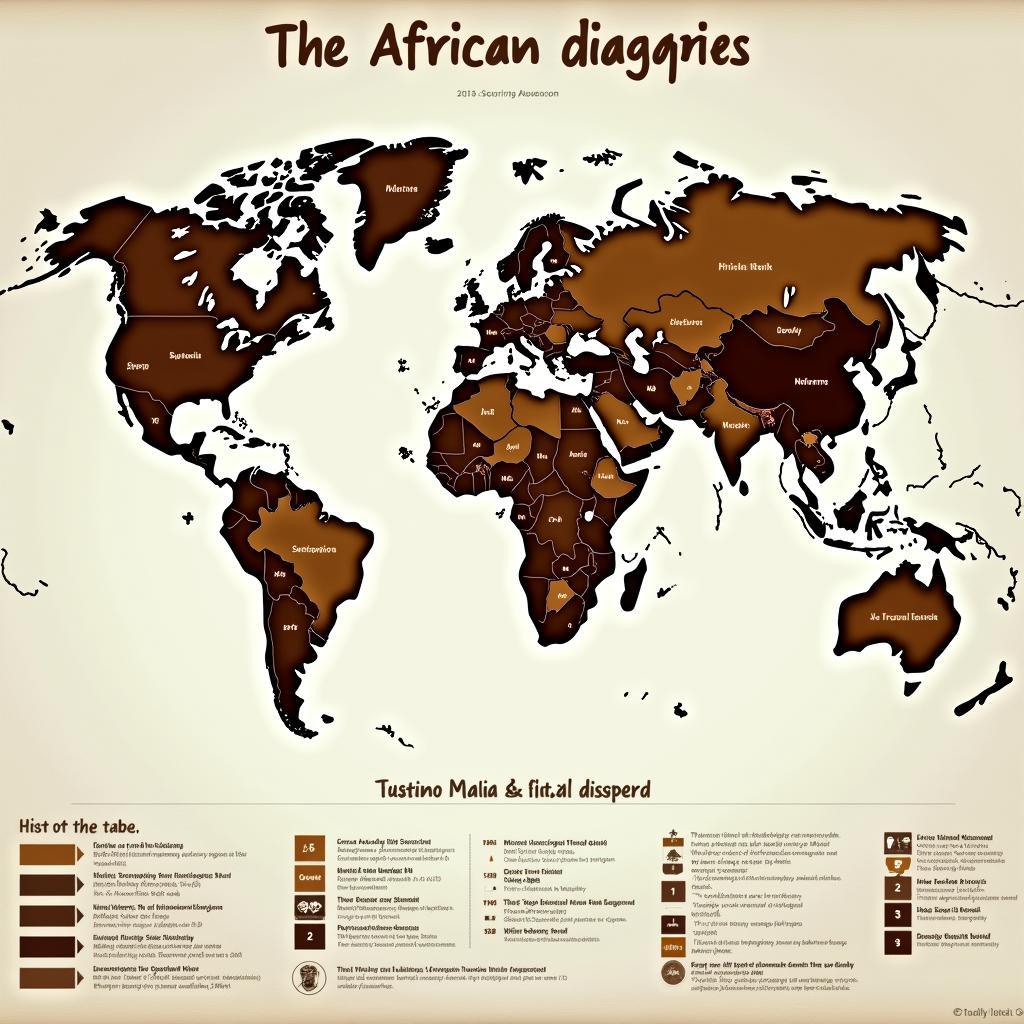How African Sleeping Sickness Is Transmitted: Understanding the Tsetse Fly’s Role
African Sleeping Sickness Is Transmitted By the bite of an infected tsetse fly. This severe disease, also known as African trypanosomiasis, affects both humans and animals and poses a significant health challenge in sub-Saharan Africa. Understanding the transmission process is crucial for effective prevention and control.
Understanding the Vector: The Tsetse Fly
The tsetse fly, a blood-feeding insect found only in sub-Saharan Africa, is the sole vector of African sleeping sickness. These flies carry the parasite Trypanosoma brucei, which causes the disease. There are two main forms of the disease: West African sleeping sickness (caused by T.b. gambiense) and East African sleeping sickness (caused by T.b. rhodesiense). Each subspecies has its own unique characteristics, including geographical distribution and the severity of the disease.
How Transmission Occurs
The transmission cycle begins when an infected tsetse fly bites a human or animal. During the blood meal, the fly injects the trypanosome parasites into the bloodstream. These parasites multiply and spread throughout the body, eventually reaching the central nervous system, causing the neurological symptoms characteristic of the disease. Tsetse flies can also become infected by biting an infected person or animal, perpetuating the cycle.
Risk Factors and Geographic Distribution
Several factors influence the risk of African sleeping sickness transmission. These include proximity to tsetse fly habitats, such as wooded areas and water sources, and the prevalence of the disease in the local animal population. African countries sleeping sickness are primarily located in sub-Saharan Africa, with East African sleeping sickness being more localized than the West African form.
Who is at Risk?
Individuals living in rural areas of sub-Saharan Africa, particularly those who rely on agriculture, fishing, or hunting, are at the highest risk of contracting African sleeping sickness. Tourists visiting game parks and reserves can also be at risk, though this is less common.
Prevention and Control Measures
Efforts to prevent and control African sleeping sickness focus on reducing tsetse fly populations and preventing bites. These include:
- Vector control: Trapping and spraying insecticides in tsetse fly habitats.
- Personal protection: Wearing long-sleeved clothing, using insect repellents, and avoiding high-risk areas.
- Early diagnosis and treatment: African trypanosomiasis treatment is crucial to prevent progression to the neurological stage.
- Surveillance and monitoring: Tracking the prevalence of the disease in both humans and animals.
“Early diagnosis is paramount,” states Dr. Abeni Adebayo, a leading expert in tropical diseases at the University of Ibadan, Nigeria. “The earlier the disease is detected, the higher the chances of successful treatment and full recovery.”
The Importance of Research and Public Awareness
Ongoing research is crucial for developing new and improved diagnostic tools, treatments, and vector control strategies. Public awareness campaigns are also essential for educating communities about the disease, its transmission, and prevention methods. African trypanosomiasis pdf resources are often available for distribution to affected communities.
Conclusion
African sleeping sickness is transmitted by the bite of an infected tsetse fly, posing a significant health threat in sub-Saharan Africa. Understanding the transmission cycle, risk factors, and prevention measures is essential for combating this devastating disease. Continued research and public health initiatives are key to controlling the spread of African sleeping sickness and improving the lives of those at risk.
FAQ
- What are the symptoms of African sleeping sickness?
- How is African sleeping sickness diagnosed?
- What are the treatment options for African sleeping sickness?
- Can African sleeping sickness be prevented?
- What is the prognosis for African sleeping sickness?
- Are there any long-term effects of African sleeping sickness?
- Where can I find more information on African sleeping sickness?
Other related articles you might find interesting: african bug bite diseases and african biting fly.
Need support? Contact us 24/7:
Phone: +255768904061
Email: kaka.mag@gmail.com
Address: Mbarali DC Mawindi, Kangaga, Tanzania.


